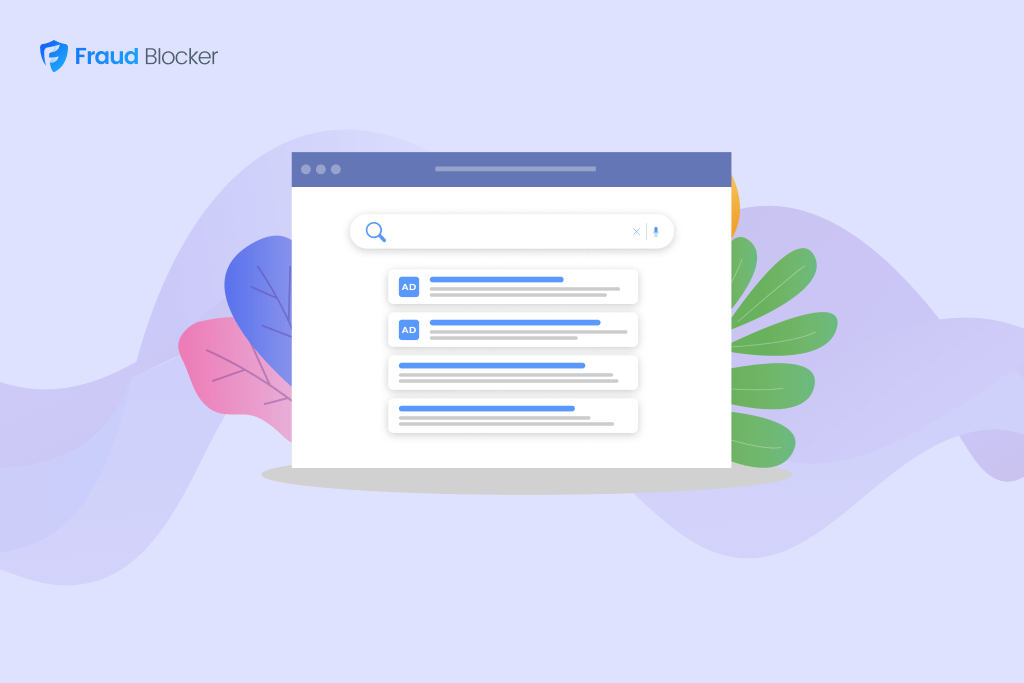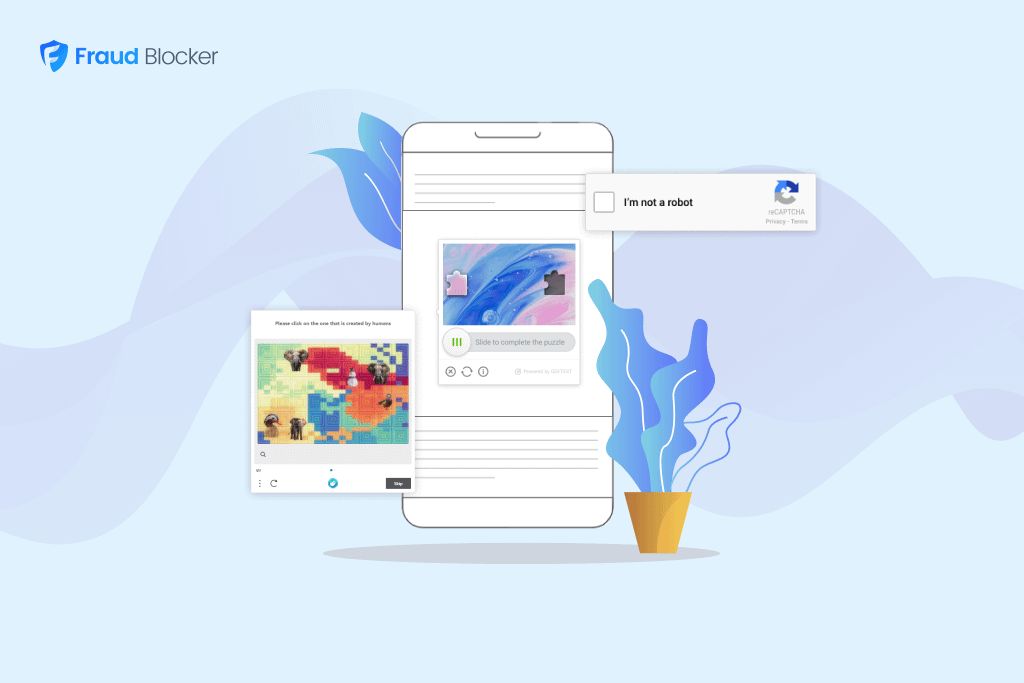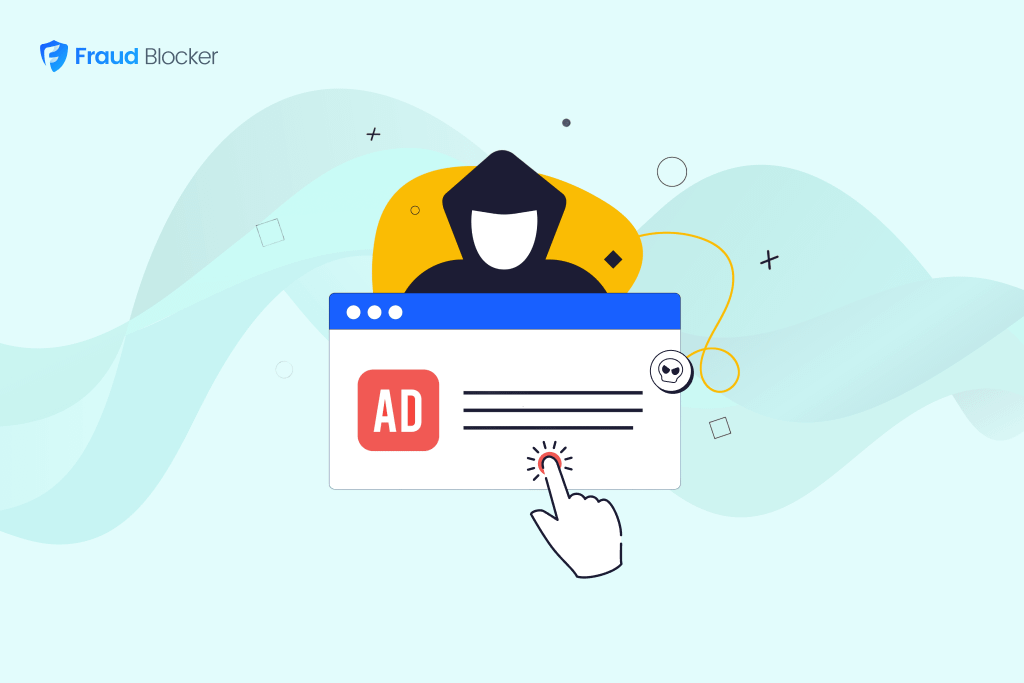
Top 6 Mistakes of Google Ads Click Fraud

At one time or another every marketer has been baffled by Google AdWords.
No doubt you have heard how companies have blown thousands and even tens of thousands dollars in Google AdWords. But we have also heard of success stories where Google Ads can take a company to the next level.
What separates these two groups? We pinpointed 6 specific mistakes companies make when using Google AdWords.
Mistake #6 Using the Wrong Type of Keyword Match
AdWords allows you to use keywords in one of three ways.
- Broad Match
- Phrase match
- Exact match
Here is a quick review of what each one:
Broad Match: Keyword(s) are present anywhere in the search query regardless of the order
If you are using the keywords ‘mens running shoes’ your Ad will show up in any search that includes those three words
Phrase Match: Keyword(s) are in order anywhere in the search query
This means that the search had to have the words in the order that you placed them in. It can apart of a longer search query, as long as the words are in the search, the Ad will appear.
Exact Match: Keyword(s) are in order and only words in the search query trigger your ad
Why does all this matter? It matters a great deal. The type of match you pick will affect your overall impressions greatly. For instance, if you use a broad match, many more people will see your ad, but your conversion rates will be lower, since a higher percentage of people who see it will generally be less interested in what you are selling. On the other hand, if you use phrase and exact match, you will have a narrower more focused audience. This increases the likelihood that the people clicking are interested in what you have to offer.
Our Recommendation?
Start with Exact or Phrase Match pinpointing exactly what your customers are looking for and potentially opening up to Broad Match.
Mistake #5 Not Using Ad Groups – One of the Most Common Mistakes
Instead of segmenting your keywords based on your Ad Copy, most people lump everything into the same category. This will cause the exact same ad to be shown no matter what people actually searched for. Search is about relevancy – people want to find what they are looking for.
To do this you need to match your keywords to your ad copy. By doing this you will decrease your cost per click and increase your ranking.
Here is an example using an h E-commerce website with multiple products:
In electronics, you can have:
Accessories, Auto Electronics, Cameras and Camcorders, Cell Phones and Services, Computers, Ipad, Tablets, E-readers, Ipods and MP3 players and more.
If the products are not broken up into different ad groups then they wouldn’t be able to show different ads based on what people are searching for. This means that potentially a customer is searching for tablets and gets an add about general electronics or even worse about cell phones. Not exactly what they are looking for and they will likely move on.
Mistake #4 Not Using Negative Keywords
A negative keyword gives you the ability to not show your ad when certain keyword phrases are typed in.
For example, you run an e-commerce website for designer women’s shoes. You do not want your ad to show up when people are searching for running shoes. You can tell Google, do not show my ad when someone has typed ‘running’ into their search.
Mistake #3 Not Bidding On Your Own Brand Name
This is due to the faulty assumption that since you rank high in organic results for your own company name, that they do not need to run paid ads to that.
If you are not advertising for your own brand name, other companies (your competition) will — to target your visitors. It makes sense to bid highest on your own company name. Searchers want to find you and not your competition.
Mistake #2 Not Paying Attention To The Competition
You need to research your competitors keywords. You need to see what their landing pages look like. Pay attention to the design and flow of the websites.
The best way to do this is to put yourself in your customers’ shoes and see which ads you click on. What did the landing page look like that you were sent to? What about it brought you in? Was it the headline? Was it sub-headline? Did they use a video? Did they use an image slider? Take these principles and take them to your ad. Test – this is essential to all AdWords campaigns. Always test different combinations overtime to see which ads perform the best.
And the #1 Mistake: Not Protecting Your Ad Against Click Fraud
You spent countless hours and money making sure not to make the above mistakes.
What are you doing to prevent fraudulent clicks? We estimate that approximately 29% of all clicks on Ads are fraud. In fact, we have seen rates as high as 80%! Just imagine all that hard work and money being thrown out the window just because you did not account for click fraud.
Click fraud is a reality. Bots and spammers, from competitors and fraudsters alike seek to rack up pay-per-click charges at your expense. We believe businesses should have complete control of their own AdWords campaigns so that they can grow and succeed. The burden of time and energy shouldn’t be on you to fight against fraud.
Fraudblocker.com detection tool software screens all clicks on ads leading to your site. Ad traffic is quickly assessed, a risk grade is assigned, and IPs producing fraudulent clicks are blocked. Contact us today for your 14-day-trial of click fraud detection tool.
“When it is time to bake cookies, we usually think that it is complicated, that it takes a lot of time. In one word that it is not so much worthwhile.”
– Alex Jonson, CEO at Fender


What is CAPTCHA and Why Bots Solve it 99% of the Time








